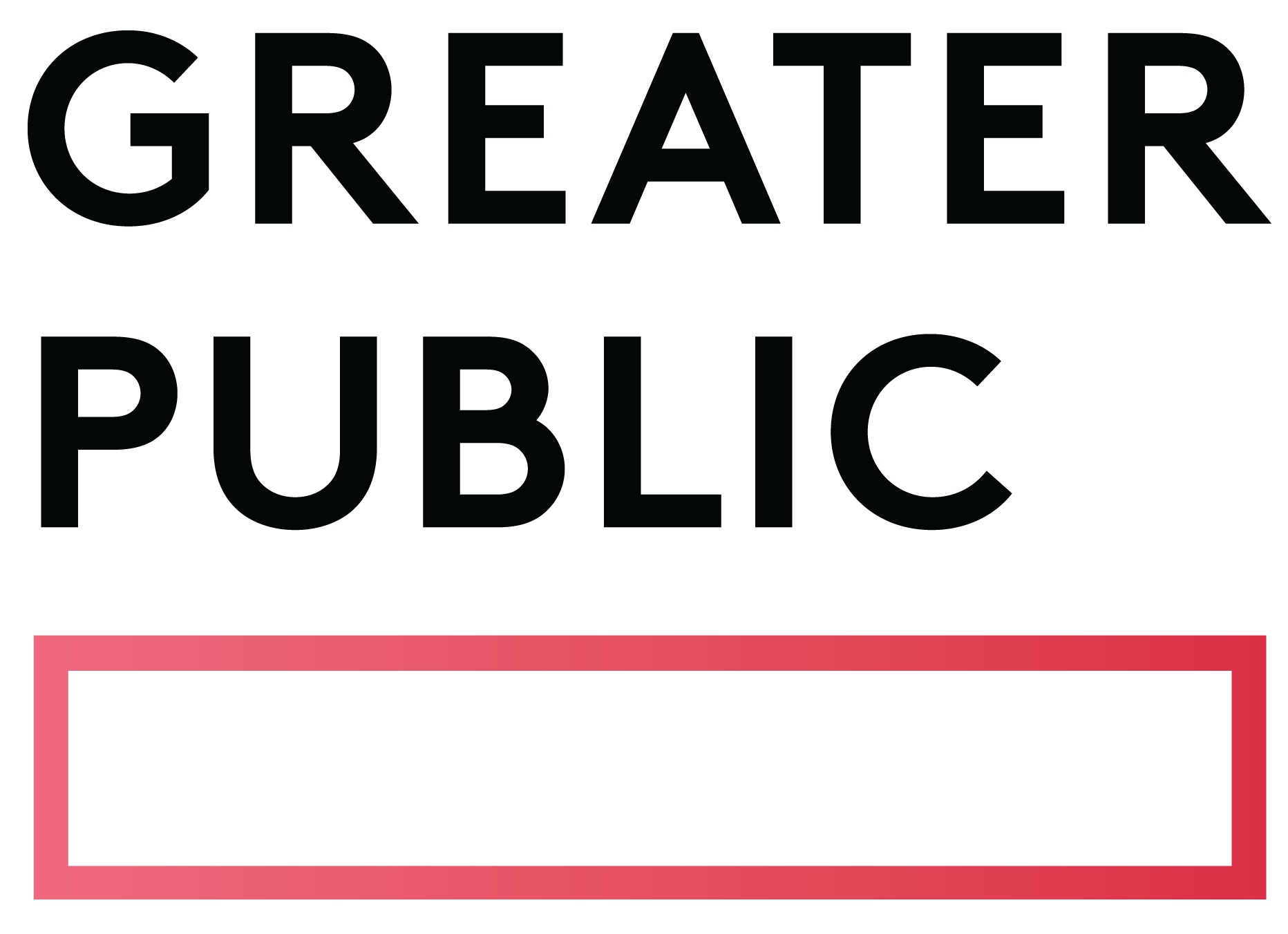Related Articles
Subscribe to the Greater Public newsletter to stay updated.
This site is protected by reCAPTCHA and the Google Privacy Policy and Terms of Service apply.


When Congress rescinded public media’s federal funding – more than $500 million a year – earlier this summer, it sent alarm bells ringing across the public media ecosystem. In this new normal where CPB is shuttering and government funding for our vital work is unavailable for the foreseeable future, stations both large and small are being forced to make challenging decisions with dwindling resources.
So what can public media organizations do in this difficult climate? One recommendation: look at your data. Greater Public has a tool that will help.
Benchmarks is a diagnostic assessment that reveals your station’s financial potential and how your fundraising programs are performing in relation to that potential. Benchmarks takes the guesswork out of fundraising, paving the way for precise, evidence-based planning. And it’s free and accessible to all Greater Public member stations.
Here’s how it works. You cull data about your fundraising. Greater Public contextualizes your data, showing you the relationship between the size of your listening audience and your fundraising performance based on information provided by the Radio Research Consortium and Nielsen. You receive two customized reports: One that tracks your fundraising performance over as many as five years, and another that shows how your station stacks up against your peers, revealing your station’s full fundraising potential.
Benchmarks will tell you quantitatively how many members you could have based on your total listenership. You’ll know how much money you could be raising in corporate support, membership, mid-level giving, and major giving. Major giving is important because it’s the biggest growth segment in public media right now.
Jay Clayton is an individual giving advisor with Greater Public. He’s seen first hand how Benchmarks can help stations. “The cool thing about public radio is that our fundraising potential can be calculated,” says Clayton. “That’s because our fundraising potential is our audience. Nielsen measures it and the Radio Research Consortium provides it to stations on a regular basis. I can’t think of another non-profit sector where this happens, and it’s a huge plus for us as long as we take advantage of it.”
Stations say they rely on Benchmarks to help them understand their own fundraising in the context of industry trends and what those trends are.
“Many stations have told us they’d be lost without Benchmarks,” says Clayton. “Radio listening has undergone seismic changes over the past few years, and those changes have had a profound effect on stations’ fundraising potential. Participating in Benchmarks helps stations understand how changes in listening can impact fundraising performance and expectations. This puts station leaders in a strong position to make smart, informed choices.”
This shows the value of Benchmarks even for public media organizations that are major, established players. Seeing industry-wide trends through the lens of Benchmarks data provides assurance in knowing that other stations are facing similar challenges.
Benchmarks isn’t just a stand-alone report. It offers a roadmap and access to a community of practice. It allows you to see which stations are excelling and what their success looks like on a granular, data-driven level so you can learn from that success and vice-versa. Anne O’Malley is senior vice president of membership at New York Public Radio, and she says you shouldn’t hesitate to reach out to other stations. “We get on the email lists of the other stations so we can look and see what they’re doing and borrow best practices,” she says.
For instance, O’Malley learned that Oregon Public Broadcasting was having success with door-to-door canvassing to secure new members. O’Malley researched this strategy for New York Public Radio. She ultimately decided not to pursue it because of startup costs and building access issues. Still, she says canvassing could make sense for stations in other geographies and markets. The takeaway is that the public media peer network offers a fertile source of creative ideas for your station to consider. You can assess whether or not a strategy that’s worked for another station makes sense for your organization.
The first step in the Benchmarks process is to send Greater Public your data. At first glance, this data dump might seem daunting and time consuming, but it’s actually quite doable, especially if you can delegate the information gathering to multiple colleagues and different departments.
O’Malley from New York Public Radio says she used to have a direct report who handled all of the Benchmarks data culling. But when that person’s position was eliminated this past year, the task fell to O’Malley to figure out.
“When I dug into it and divided things up amongst my colleagues in finance and sponsorship, it was less overwhelming than it seemed at first,” she says.
O’Malley’s advice is just to get started one step at a time. She’s made the process easier for her colleagues by color coding the data collection template. “I sent it out to my colleague and said, can you fill in the cells in yellow? Can you fill in the cells in green?”
Involving other colleagues in pulling the numbers can also help you get buy-in across your organization.
Your data worksheet gives you all the information you need to understand which pieces of data to include. Greater Public’s Jay Clayton says the most important thing to remember when you’re gathering your data is to follow the instructions about required data inclusions and exclusions so your data is consistent with what other stations provide. “This way you’ll know that any changes you see in your station’s fundraising programs over time are the result of changes in your practices or you’re listening, not a difference in who stations count as a member versus a mid-level giver, for example,” says Clayton. “We account for these differences from one station to the next by having everyone conform to one definition for the numbers you share with us and with your peer stations.”
No one wants to leave money on the table. But if we’re poking around in the dark without the benefit of year-over-year comparison data, we can’t truly know our station’s maximum growth potential. The Benchmarks tool fills in those blanks. It’s possible that your station has more headroom than you realize.
For instance, in the example below, a hypothetical station is earning around $530,000 in net revenue for mid-level and major gifts over $1,000. In contrast, a comparable top-performing station is bringing in over $1.8 million. That’s a difference of over $1.3 million!
Greater Public is here to help you reach your potential. Advisors will work with you one-on one on specifics and troubleshooting. It’s all free with your existing membership.
Greater Public members can start gathering station FY2025 Benchmarks data today by downloading this how-to guide and worksheet. Don’t hesitate to reach out to Gayle Ewer or Jay Clayton for support with the Benchmarks process or with questions about how to navigate this new landscape.

View these related member resources and more with a Greater Public membership:
This site is protected by reCAPTCHA and the Google Privacy Policy and Terms of Service apply.
New to Greater Public? Create an account.
